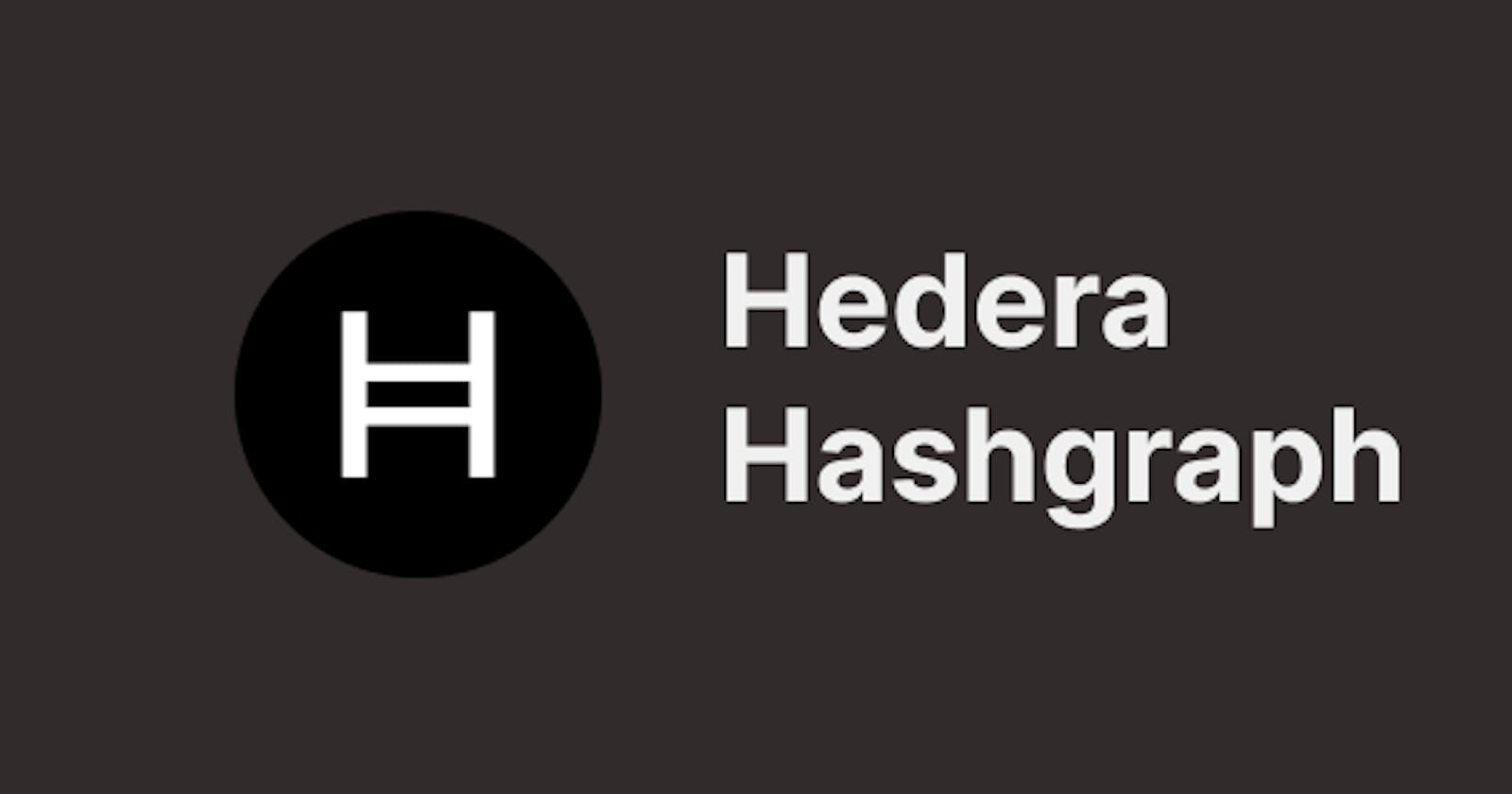Hedera Hashgraph 101
Let's explore Hedera Hashgraph blockchain. What's the game-changing mind put behind it!!
Hedera protocol is an open-source, Proof-of-Stake based, and public network, founded in 2018. It is a fast, energy-efficient, carbon-negative, and secure blockchain network. It is based on a new consensus algorithm called "Hashgraph".
This protocol offers 3 services :
Solidity-based smart contracts
Consensus
Token services
But wait!! What's so special about it? 🤔Why shall I learn it? The answer lies in its consensus explanation.
Consensus
Hashgraph consensus has been developed by Dr. Leeman Baird, the co-founder of Hedera.

Image source: www.coinchoose.com
The Hashgraph algorithm allows efficient usage of bandwidth. The network can process hundreds of thousands of transactions per second in just a single shard.
Unlike the Proof of Work (PoW) consensus, where one miner adds transactions to the block, the entire community filters transactions to be added to the ledger in the Hedera network.
Processes like gossip-about-gossip and virtual voting are used for consensus on the validity of transactions and their ordering. The transactions get included with finality. In Bitcoin, safety is a bit compromised over liveness due to delays in finality, which leads to forks. Hedera discards forks at the moment they occur by choosing a single branch generally. However, transactions in branches are not discarded. It is ensured that all transactions are included in 1 chain only.
Hashgraph has been validated as Asynchronous Byzantine Fault Tolerance (ABFT), which is mathematically the highest possible security one can offer to distributed systems. Designing an ABFT solution for private blockchain is feasible and easy to use, but was not possible for public chains. The Hedera team in this regard has done a superb job!! 🔥
Follow this link to enjoy an explanation of the consensus by Dr. Leeman himself.
Summary of Working Mechanism
A person sends transaction(s) enclosed in a message randomly to anyone in the network.
The receiving person does the same random transmission of messages, followed by others in the network. This leads to the transmission of messages exponentially over the entire network.
A big graph with all the participants and the messages they sent and received is maintained. This graph, which is the history of what each participant talked to whom, is stored on all nodes.
Gossip about gossip
Sending messages about transactions was normal gossip in a network. Maintaining a graph of who talked what with whom is gossip about the gossip. Each node keeps its own record updated via messages it communicates with other nodes. This is referred to as "Gossip Sync". Every member knows every event. History maintains itself as a Directed Acyclic Graph (DAG) or graph of hashes or Hashgraph.
Virtual Voting
Knowing just about the events isn't enough. Everyone should confirm the validity and order of events.
But the problem that BFT encounters is that it is not possible to pass messages or receipts about votes to all the nodes without knowing their identity, which is not feasible in a public network. So, why not eliminate this process? 💡
Yes, that's possible. We already have all the records of who talked to whom about what transactions. So we can calculate others' votes on our node itself. We need not send any messages about our consensus to others in the network. That's the hack!!🤓
All the members calculate other members' votes' using a virtual voting algorithm using their copies of the hashgraph. Votes are locally calculated using the ancestors of a given event. The votes have a weightage by stakes. Even if a node lies about its votes or shows Byzantine behavior, others can tackle it by looking at the faulty node's history using their local copy.😉
Hedera's combination of energy-efficient consensus algorithm, partnership with The Carbon Trust to monitor its Carbon Footprint, and commitment to continuous improvement make it a carbon-negative network.
Aaannnddd...... that's all for today. Better to digest things slowly. Will be bringing other parts very soon!!
So we discussed the introduction, services, consensus working mechanism, and virtual voting, all of which play crucial roles in operating the Hedera chain.
Thanks for reading!! Hope you enjoyed and learned something new!!👋
